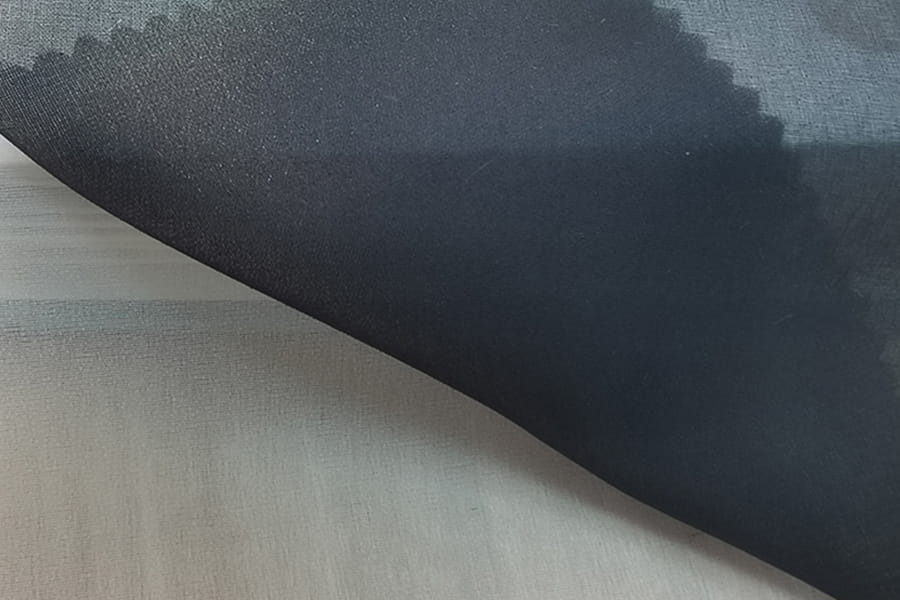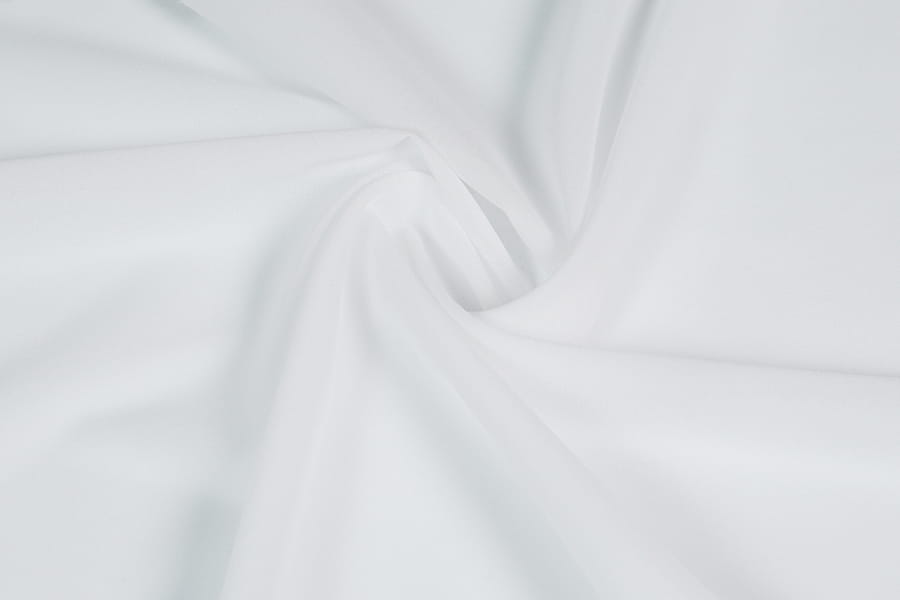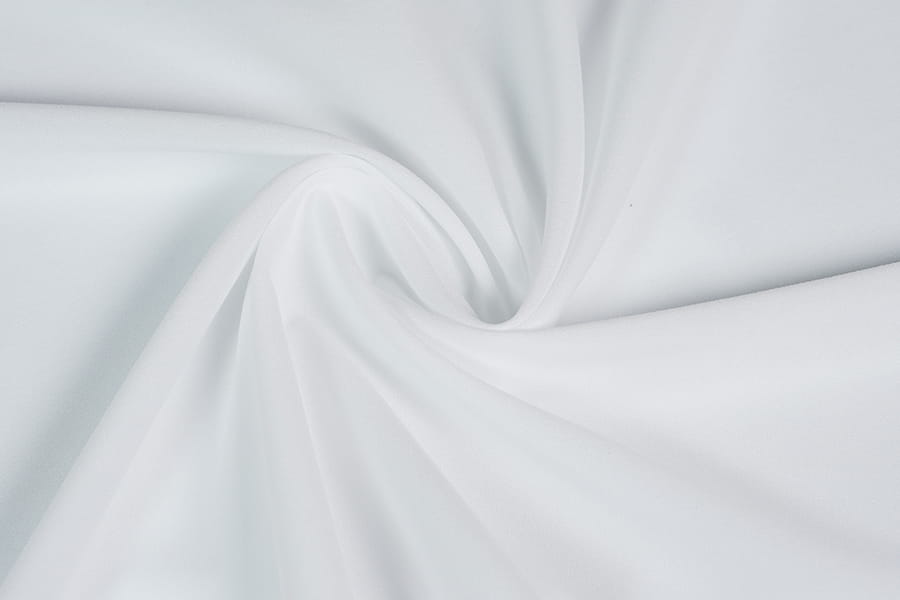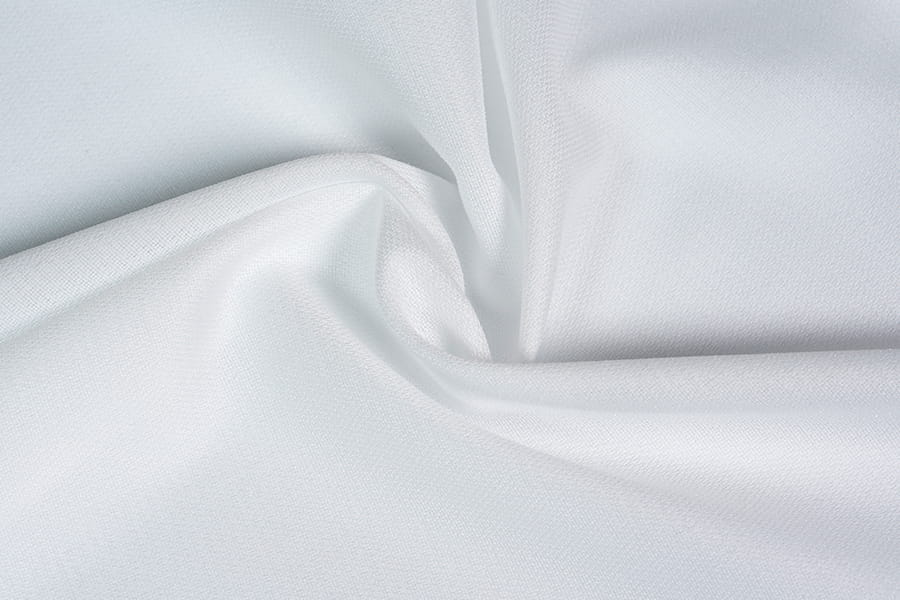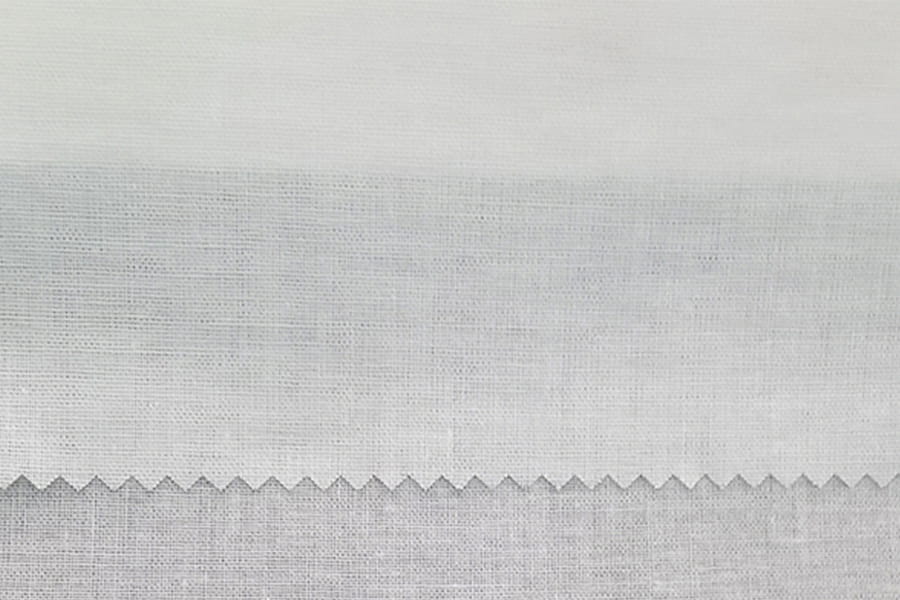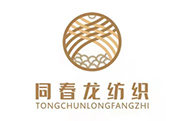Why is Knitted Fabric So Popular in Fashion and Apparel?
Knitted fabric is a versatile and dynamic material that has grown increasingly popular in the fashion and apparel industries. Known for its stretchability, softness, and diverse design possibilities, knitted fabric offers numerous benefits that make it a favored choice for both everyday wear and high-end fashion.
1. Comfort and Flexibility
One of the most significant reasons knitted fabric is so popular is its comfort and flexibility. Unlike woven fabrics, which have a more rigid structure, knitted fabrics are made from interlocking loops of yarn that create a fabric with inherent stretch. This gives the fabric the ability to conform to the body, offering a snug but flexible fit. The stretchability makes it ideal for garments like t-shirts, sweaters, and activewear, where comfort and freedom of movement are essential.
Softness for Everyday Wear
Knitted fabric is often soft to the touch, which contributes to its overall comfort. Whether it’s made from natural fibers like cotton and wool or synthetic fibers like polyester and nylon, knitted fabrics tend to feel gentle on the skin, making them perfect for garments worn daily. For instance, cotton knit fabrics are commonly used for making t-shirts and casual wear because of their smooth, comfortable texture.
Elasticity and Freedom of Movement
The elasticity of knitted fabrics allows the material to stretch and return to its original shape. This property is especially important for activewear and workout clothes, where flexibility and comfort are critical. Materials like Lycra and Spandex are often added to knitted fabrics to enhance their stretch, ensuring that garments provide a snug fit without restricting movement.
2. Breathability and Moisture Wicking
Knitted fabrics are known for their breathability and moisture-wicking properties, making them suitable for a variety of weather conditions and physical activities. This is primarily due to the structure of knitted fabrics, which have open spaces between the loops of yarn. These gaps allow air to circulate through the fabric, keeping the body cool in hot weather while providing insulation in colder climates.
Ideal for Warm Weather
During the warmer months, knitted fabrics like cotton and linen are lightweight and breathable, which helps to keep the body cool. Their moisture-wicking ability also draws sweat away from the skin, allowing it to evaporate quickly and keeping the wearer dry. For example, knitted cotton t-shirts are popular in summer because they are lightweight and allow air to circulate, reducing the risk of overheating.
Warmth and Insulation for Cold Weather
On the flip side, knitted fabrics made from wool are excellent insulators, providing warmth without the bulkiness of traditional woven fabrics. Wool is a natural insulator that traps air within its fibers, keeping the body warm even in cold weather. This makes knitted wool garments like sweaters and scarves ideal for winter fashion.

3. Durability
Another reason why knitted fabrics are popular in fashion and apparel is their durability. Despite their soft and stretchy nature, knitted fabrics are often more resistant to wear and tear than woven fabrics. This is due to the interlocking loop construction of the knit, which gives the fabric strength and helps it resist fraying and unraveling.
Resilience Against Tearing
Knitted fabrics are less likely to tear compared to woven fabrics. The loops in the knit structure distribute tension evenly, which means that the fabric can stretch without breaking. This is particularly beneficial for garments that are frequently worn and subjected to stress, such as leggings, activewear, and knit dresses.
Long-lasting Wear
Because of their durability, knitted garments tend to have a longer lifespan than other types of clothing. For example, a well-made knitted sweater can last for years with proper care, making it a valuable investment for your wardrobe.
4. Variety in Texture and Design
One of the defining characteristics of knitted fabrics is their versatility in texture and design. Knitting offers endless possibilities for creating intricate patterns, from basic stockinette and garter stitches to more complex cable knits and textured weaves. This ability to create unique designs is one reason why knitted fabrics are so widely used in fashion.
Creative Possibilities
Knitting allows for the incorporation of different textures and designs that are difficult to achieve with woven fabrics. For example, a designer can experiment with different stitch patterns to create textured fabrics that add depth and visual interest to garments. Knitted fabrics can be found in everything from chunky sweaters to delicate lace shawls, offering a wide range of options for designers to explore.
Customization in Fashion
Knitted fabrics also provide ample opportunities for customization. The flexibility of the material allows designers to create garments with varying degrees of stretch and structure. For instance, a form-fitting knitted dress can be made from a stretchy, ribbed knit, while a loose-fitting sweater might be crafted from a chunky, textured knit to create a more relaxed and cozy feel.
5. Versatility in Style
Knitted fabrics are incredibly versatile when it comes to the variety of garments they can be used for. From form-fitting bodycon dresses to oversized cozy sweaters, knitted fabrics can be shaped into a wide range of silhouettes. This makes them a go-to choice for designers who want to create both casual and elegant pieces that suit different body types and personal styles.
Stretch and Fit
Because knitted fabrics naturally stretch, they can be tailored to fit the body more comfortably than many woven fabrics. This is why garments like leggings, bodycon dresses, and fitted tops are often made from knitted fabrics. The stretchability allows these garments to hug the body, enhancing the wearer’s shape while providing comfort and mobility.
Relaxed or Structured Styles
Knitted fabrics can also be used to create more relaxed, oversized styles. Chunky knit sweaters, cardigans, and scarves are classic examples of how knitted fabrics can be used to create cozy, laid-back garments perfect for colder weather. On the other hand, fine-knit fabrics can be used to create more structured pieces, such as knitted blazers or dresses, that retain their shape while providing a more polished look.
6. Eco-Friendly Options
As sustainability continues to be a major trend in the fashion industry, many designers are turning to eco-friendly knitted fabrics made from natural or recycled materials. Knitting allows for more efficient fabric production, leading to less waste compared to traditional woven fabrics.
Recycled Fibers
Recycled fibers like polyester, nylon, and cotton are increasingly being used in knitted fabrics. These fibers are derived from post-consumer waste, such as plastic bottles or discarded clothing, helping to reduce the environmental impact of textile production. By choosing recycled knitted fabrics, consumers and designers can contribute to the reduction of fashion industry waste.
Sustainable Practices in Knitting
Moreover, the knitting process itself is more sustainable than traditional weaving, as it requires less fabric waste. With knitting, the fabric is made directly from yarn, reducing the need for cutting and sewing large pieces of material, which in turn results in less waste.
7. Cost-Effectiveness
Knitted fabrics can often be produced at a lower cost than woven fabrics. The process of knitting is generally quicker and more efficient, especially when done on industrial knitting machines. This can help reduce the cost of production, making knitted garments more affordable for consumers.
Lower Production Costs
The efficiency of knitting machines, combined with the lower amount of waste generated during production, helps reduce the overall cost of manufacturing. This cost-effectiveness is one reason why knitted fabrics are commonly used for mass-produced garments, such as t-shirts, socks, and activewear.
Affordable Fashion
Consumers can often find high-quality knitted garments at a lower price point compared to those made from woven fabrics. This makes knitted clothing an attractive option for budget-conscious shoppers who still want stylish and durable pieces.
8. Easy Care and Maintenance
Knitted fabrics are generally easy to care for, which makes them ideal for everyday wear. Many knitted garments, especially those made from synthetic fibers, are machine washable and resistant to wrinkles, requiring less upkeep compared to woven fabrics.
Wrinkle-Resistant Fabrics
Because knitted fabrics are made from yarn loops rather than tightly woven threads, they tend to resist wrinkles. This makes them ideal for travel or for anyone who needs a low-maintenance wardrobe. Knitted garments like sweaters, cardigans, and leggings often require little to no ironing, making them convenient for busy lifestyles.
Machine Washable and Durable
Many knitted fabrics are also durable enough to withstand frequent washing. Fabrics like acrylic, polyester, and cotton knits can be machine washed without losing their shape or texture, making them a practical choice for everyday clothing.
9. Stretch and Shape Retention
One of the key advantages of knitted fabrics is their ability to retain their shape even after being stretched. This makes them ideal for form-fitting garments that need to maintain their shape throughout the day, such as leggings, fitted tops, and sportswear.
Shape-Hugging Garments
The stretchability of knitted fabrics allows them to contour to the body, providing a more flattering fit without feeling restrictive. This is particularly important for activewear, as it ensures that garments move with the body and maintain their shape after exercise.
Resilience After Multiple Washes
Knitted fabrics also tend to recover their shape after multiple washes, making them more resilient than woven fabrics. This durability is especially important for garments that undergo regular washing, such as workout clothes and casual wear.
10. Timeless Appeal
Knitted fabrics have a timeless appeal that transcends fashion trends. While they are often associated with cozy, casual clothing, knitted fabrics can also be found in high-end fashion collections, demonstrating their versatility and enduring popularity.
Classic Styles
Knitted garments like sweaters, cardigans, and scarves are classic wardrobe staples that never go out of style. Whether it’s a chunky knit sweater for winter or a lightweight cotton knit top for summer, these pieces can be dressed up or down, making them suitable for a variety of occasions.
Fashion Forward Designs
At the same time, knitted fabrics can also be used to create cutting-edge, high-fashion designs. Designers often use knitting techniques to create intricate textures and innovative silhouettes, proving that knitted fabrics are not only practical but also aesthetically versatile.

 English
English 中文简体
中文简体 русский
русский Español
Español